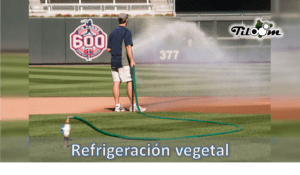This website uses cookies so that we can provide you with the best user experience possible. Cookie information is stored in your browser and performs functions such as recognising you when you return to our website and helping our team to understand which sections of the website you find most interesting and useful.
🌟 Improve your sports field with a expert audit.










3 Responses
Very good treatment of the subject. Excellent approach from plant physiology. And contributions to different contributions to species that make up plant biodiversity.
Thank you very much Roberto. If you need anything you can contact us and we will help you.
Hello
Good evening, you could give a talk to my students of Plant Physiology, they are from Biology and I sent them this interesting topic and they liked it very much, we have a hybrid classroom and if you could schedule some time I would appreciate it very much, my class schedule is Monday from 7 am to 10 am.
It is the Universidad Veracruzana.
I look forward to hearing from you